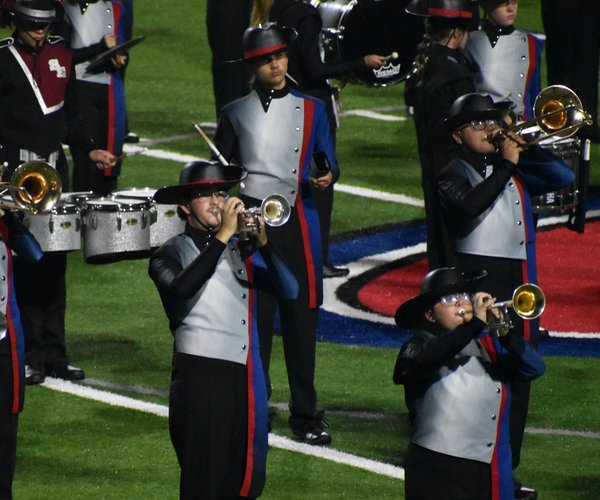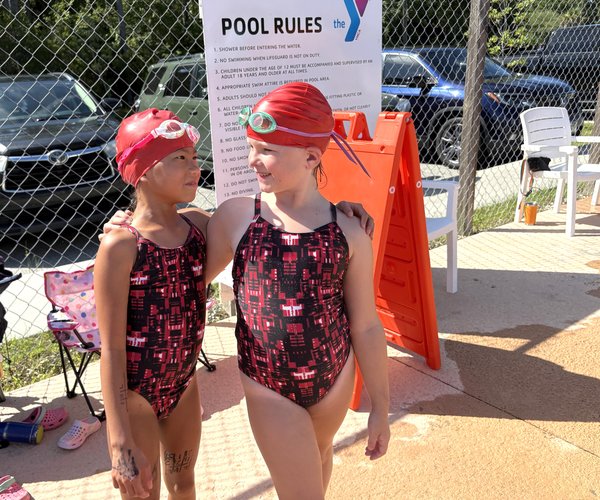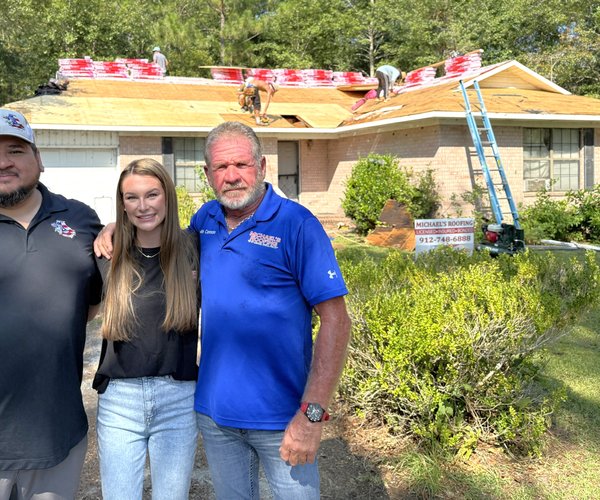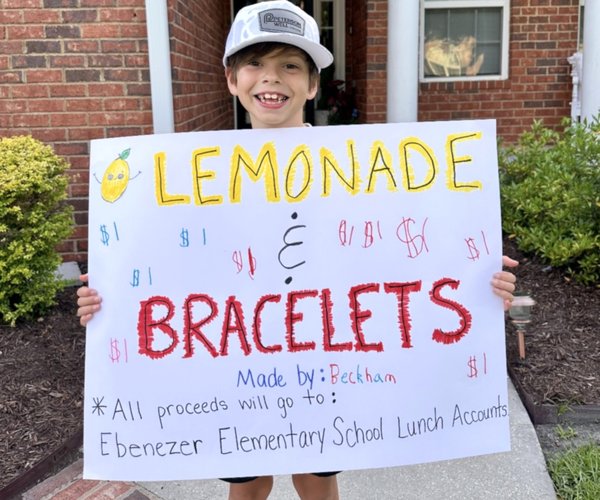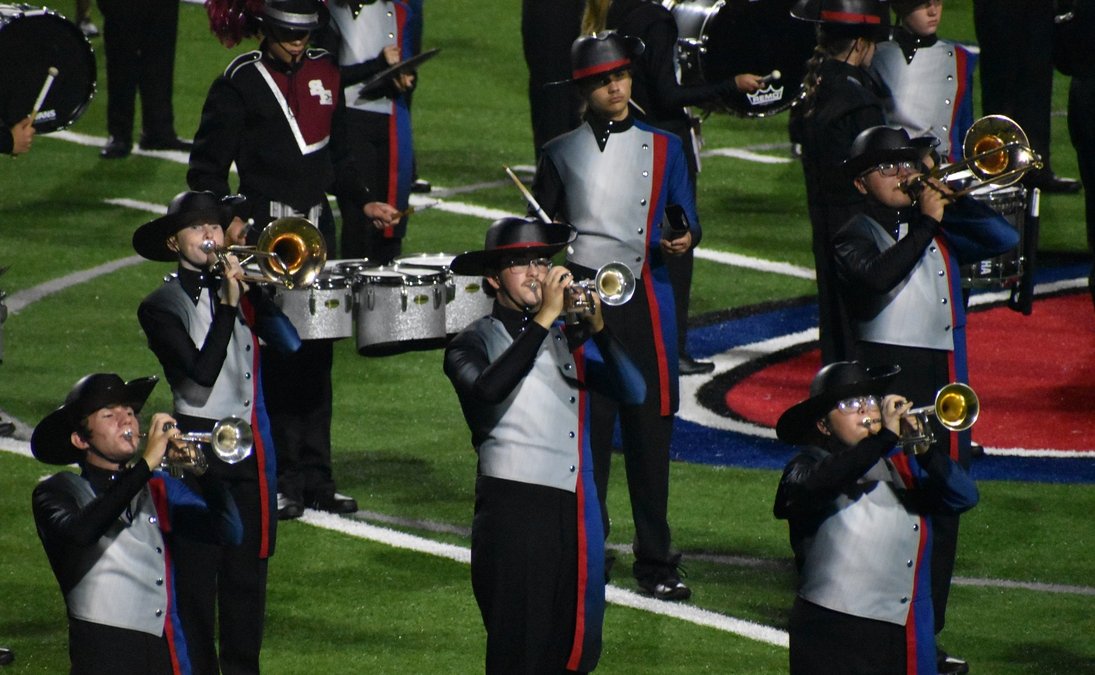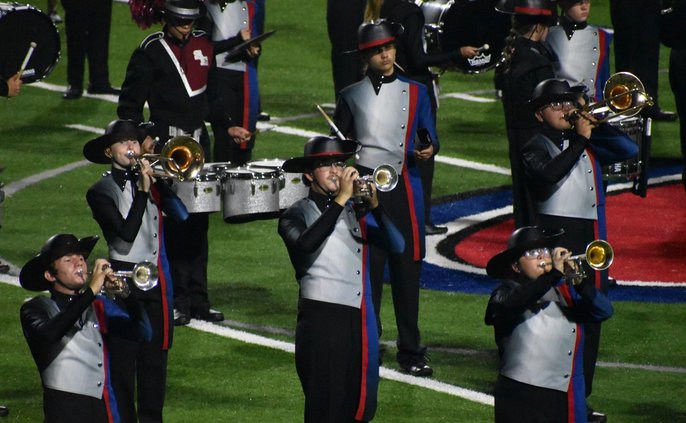As we talked to more and more folks across the state, we realized that we needed to meet the needs of our communityAssistant Superintendent Travis Nesmith
RINCON — The Effingham County School District had little choice but to veer into uncharted territory when the COVID-19 pandemic crossed its path.
Its venture into virtual learning — originally prompted by Gov. Brian Kemp’s order to close Georgia public schools in March as a way to curb the spread of the disease — is guided by Assistant Superintendent for Curriculum and Technology Travis Nesmith.
“We’ve never had a virtual learning program in Effingham County,” said Nesmith, the featured speaker at Thursday’s Rotary Club of Effingham County meeting at The Herald Center. “We don’t teach school virtually in Effingham County. We’ve always said that the best type of education that a student can have is in the classroom working with a teacher.”
COVID-19 and Kemp’s executive order altered the district’s perspective.
“There were things that we could not control as a school system,” Nesmith said.
Following the governor’s order to close schools, the district quickly offered virtual learning to students who had computers at home. It distributed packets of assignments to those who didn’t.
“At the time, we had to deal with what we had and make it work,” Nesmith said.
The district took control of the situation as best it could after it became clear during the summer that it would still be dealing with COVID-19 in the fall.
“When it came last spring, we really didn’t plan on offering this,” Nesmith said. “As we talked to more and more folks across the state, we realized that we really needed to meet the needs of our community.”
The parents/guardians of nearly 3,000 of the district’s nearly 12,777 students opted to stick with virtual learning when the current school year started Aug. 5.
Not knowing what the 2020-21 school year would hold, the district worked on ways it could improve its online offerings while enhancing safety for those who wanted to attend school. A survey indicated that 32 percent of the families in the district were concerned about sending their children back to class.
“To us as a school system, that was alarming,” Nesmith said. “We knew we needed create some type of plan. If not, we knew we would lose kids to home school or a private school could move in and offer some opportunities to our families. There are just so many different opportunities that we knew we needed to support the families in this community.
“We knew we needed to make that change.”
Nesmith said teachers and administrators in the district learned a great deal about virtual learning during their baptism by fire last spring. Many also recently took a six-hour training course on the Google management system the district employs. Those who didn’t were already proficient in Google.
The district opted against using a software platform for teaching.
“Because we know that students learn best when they have a teacher that they are assigned to,” Nesmith explained. “What that required us to do was reshuffle our teachers and reprioritize teachers as a virtual teacher, traditional teacher or a blended teacher. We have some teachers who spend part of their day teaching students face to face and part of their teaching online.”
The assistant superintendent said virtual learning doesn’t always satisfy the needs of families who have students with an IEP, or individualized education program. Some of them will soon return to traditional learning, he said.
Likewise, some students who in itially chose the traditional route will transition to virtual learning.
The district doesn’t refer to its online option as a “virtual school.”
“Because, to be honest with you, this will end after COVID-19 is over with,” Nesmith said. “It’s not something that we see that our community would want to continue. When we call it an ‘option,’ the option is only good for the 2020-21 school year.”


